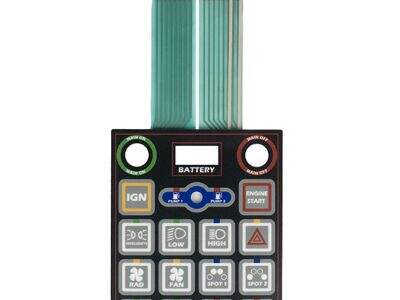Thin film sensors are a fantastic thing to play with because they allow us to measure things like pressure, temperature and even chemicals. They’re little detectives that can show us what is going on in a given spot or object.
So what is a thin film sensor anyway?
A thin film sensor is a miniaturized, compact and thin device which can sense and measure aspects such as heat, light, or even motion. It is composed of a unique material that is super responsive to its environment. You can find these sensors in many kinds of things around us, aimed at making our lives easier.
How does it work? Investigation of the working mechanism of thin-film sensors.
How do thin film sensors work: Thin film sensors do the work by having a thin material layer that changes its properties when it touches a material that it is design to recognize. For instance, a pressure sensor could include a layer that squishes a tiny bit when pressure is exerted. This phenomenon of the material changes is then converted into an electrical signal, which can be measured and provide us with information.”
In which application are thin-film sensors part of our daily life?
Few of us realize that thin film sensors are employed in many common items in our everyday lives. They are increasingly inside our smartphones, cars and even the clothes we wear. Thin film sensors are used for detecting when you touch or grip the screen of a smartphone. In vehicles, they can check for tire pressure or airbag deployment. In clothing, they can monitor body temperature.
Pros and cons of thin film sensors.
Thin film sensors are nice in that they are very small and can be easily wedged into a variety of things. This implies that they are flexible and applicable in wide range of usages. Nevertheless, thin film sensors may be fragile and susceptible to environmental conditions such as temperature or humidity. This is to say that these may have to be handled and kept careful in other not to get inaccurate readings.
What new developments can we expect?
Thin film sensors are always being revisited in new ways to enhance them and increase their capacity for performance and reliability. Some of the developments that have researchers excited are new materials that respond far more sensitively to changes in their environment, or ways of producing sensors that are self-healing and can repair themselves. These would open the door for thin film sensors to be employed in far more sophisticated applications.
Finally, thin force sensitive resistor are interesting devices that enable us to comprehend and observe the world we live in. Many of the technologies we use daily are reliant on them and they also evolve with new inventions and improvements. Next time you pick up your smartphone or drive your car, think of the tiny yet powerful thin film sensors that are keeping it going.


